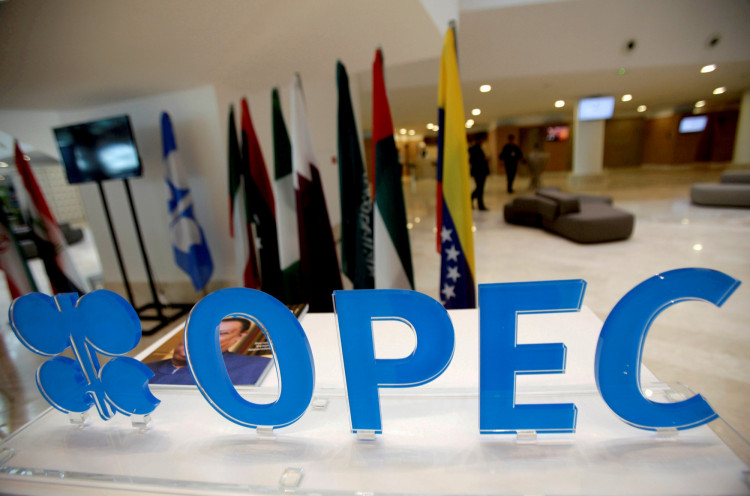A fierce tug-of-war between financial short-sellers and crude oil bulls is underway, wresting control of oil prices. The divergence of oil prices from expected trends continues to rattle market confidence.
So far this year, the performance of the oil market has been a disappointment. Despite most analysts predicting a rise in oil prices, they have mostly been falling. To date, benchmark Brent crude has fallen to $72.18 a barrel, a nearly 15% drop this year, while West Texas Intermediate (WTI) crude also plummeted to a near two-month low of $67.18 a barrel, at one point losing over 4% in a single day.
A week ago, Saudi Arabia announced a voluntary additional cut in production of 1 million barrels per day in July, reducing its output to 9 million barrels per day, its lowest level since June 2021. Meanwhile, the market demand seems to be growing stronger. The International Energy Agency (IEA) projects this year's global daily oil demand at 102 million barrels, but daily supply is only at 101 million barrels. The Organization of the Petroleum Exporting Countries (OPEC) anticipates a daily demand increase of 2.3 million barrels this year.
In theory, when oil supply tightens and demand surges, oil prices should rise accordingly. However, the market is not buying into this theory and oil price movements have greatly defied expectations.
Analysts argue that the oil market is caught in a fierce battle between pessimistic economic observers and supply fundamentals. Oil prices are not guided by supply-demand dynamics but driven by speculative investors. Many of them fear the impact of rising interest rates on the economy, so they choose to sell oil when the economy appears to be weakening. So far, the bears seem to have the upper hand.
According to The Wall Street Journal, Viktor Katona, Chief Crude Analyst at Kpler, stated that oil prices have become detached from supply-demand fundamentals, suggesting that factors unrelated to oil might be driving the market.
Another focal point is that, while the market widely expects the Federal Reserve to pause rate hikes at this week's Federal Open Market Committee (FOMC) meeting, it does not mean the end of the rate-hiking cycle, with a potential continuation at the meeting at the end of July. This suggests that market interest rates could continue to rise.
A report to clients from analysts at Bank of America last week stated that oil is currently at the heart of the struggle between currency markets and physical commodity markets, and the power of the currency market is formidable, possibly even stronger than the physical market.
Analysts and traders seem less confident about bullish oil price predictions.
Jeff Wyll, a senior research analyst at Neuberger Berman, believes that the scale and speed of OPEC+'s production cuts have not inspired confidence in the current state of the oil market. OPEC+ has a better market visibility than anyone else, and they have signaled to the market the need to reduce oil supply.
Analysts noted that the impact of Russian sanctions on oil supply is not as significant as anticipated, failing to meet expectations. While Russia's oil supply continues, shipping transport is largely opaque, making the assessment of supply fundamentals more challenging.
However, Goldman Sachs anticipates oil supply will continue to increase. On Sunday, Goldman Sachs lowered its December Brent crude forecast from $95 a barrel to $86, marking the third oil price reduction in the past six months by Goldman Sachs, traditionally seen as a "permabull" on oil, persistently sticking to a bullish forecast of $100 a barrel.
According to Bloomberg, Rebecca Babin, a senior energy trader at CIBC Private Wealth, said that in addition to oil bulls lowering oil price forecasts again, physical market indicators are also shaking the confidence of the bulls, who expect the market to shift from oversupply to shortage in the coming months.
The time spread, a critical metric for traders to evaluate supply-demand dynamics, has significantly worsened, indicating a tightening oil market.
However, the silver lining is that in the week ending June 6, hedge funds increased their bullish bets on Brent and WTI crude. The market expects that after the Federal Reserve ends its rate-hiking cycle, energy demand will be boosted.






